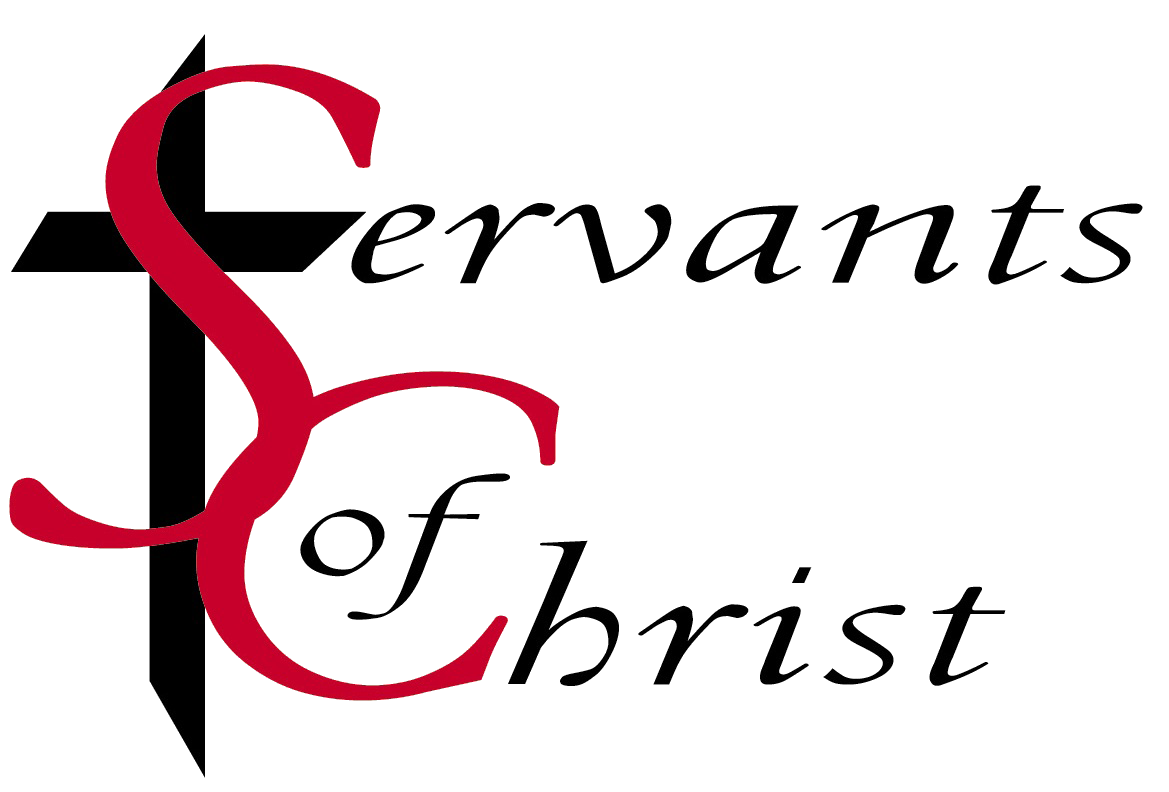Thursday, August 31, 2023 | Trey Comstock
Exodus contains at least a couple of MacGuffins. The term comes from the world of film and originates in the 1920s. The prolific filmmaker, Alfred Hitchcock, had a particular fondness for the term and popularized it. A MacGuffins is an object that can get a story going but isn’t particularly significant in and of itself. It’s the Maltese Falcon of Maltese Falcon fame. In Star Wars terms, the Death Star isn’t a MacGuffin. It’s too important. R2D2 is the MacGuffin. Protecting him and getting him to the Rebellion drives the plot of A New Hope, but in the end, he’s just a common Astromech droid that everyone happens to be looking for. The Holy Grail, of Arthurian Legend, Monty Python, and Indiana Jones fame, is one of literature’s great MacGuffins. We have so many quests to find it, but the results of those quest seldom match the effort. We get a lot of, “It’s just a cup” or “It’s unfindable” or “it’s not even a physical object at all.” No matter the actual outcome, the quests for the grail matter far more than the actual drinking vessel.
One of Exodus’s MacGuffins even gets a starring role in Indiana Jones – the Ark of Covenant. The Ark drives so much of the plot of the second half of Exodus, Joshua, Judges, and 1 and 2 Samuel. We get into how to house the Ark, who can approach the Ark, when can you approach the Ark, how will the Ark cross into the promised land, how will the Ark get rescued from the Philistines, and who can build a final home for the Ark (AKA the Temple). However, in and of itself, it’s just a fancy box containing some tablets. With the destruction of the First Temple and the Exile, it disappears from the story, but the worship of God continues. Of course, until Indie and company find it in the 1940s, and we store in in the Smithsonian.
We get the other great MacGuffin of Exodus here at the Burning Bush – the staff of Moses/Aaron. The conversation between God and Moses goes on for two whole chapters, Exodus 3 and 4. Moses, clearly nervous about going before a near god-like human to demand things, keeps pushing God for more assistance. He gets the staff as a result.
The Lord said to him, ‘What is that in your hand?’ He said, ‘A staff.’ And he said, ‘Throw it on the ground.’ So he threw the staff on the ground, and it became a snake; and Moses drew back from it. Then the Lord said to Moses, ‘Reach out your hand, and seize it by the tail’—so he reached out his hand and grasped it, and it became a staff in his hand— ‘so that they may believe that the Lord, the God of their ancestors, the God of Abraham, the God of Isaac, and the God of Jacob, has appeared to you.’ (Exodus 4:2-5 NRSV)
After Moses takes on the mission of freeing God’s people, the staff, now wheeled by Aaron, performs for Pharoh just as God described and gets a minor role in initiating the turning the Nile to blood and the plague of gnats. When God’s people arrive at the edge of Red Sea, with Pharoah’s army close at hand, the staff gets its most iconic moment, “Then the Lord said to Moses, ‘Why do you cry out to me? Tell the Israelites to go forward. But you lift up your staff, and stretch out your hand over the sea and divide it, that the Israelites may go into the sea on dry ground.” (Exodus 14:15-16 NRSV) We get the key image of Moses, staff in hand, parting a sea, and putting it back right on top of Pharoah’s army. In Numbers 20, where Moses gets so frustrated with God and God’s people that God disinvites him to the Promised Land, Moses strikes the offending rock with the staff. Much like R2D2 weaving his way through every mainline Star Wars film, the staff makes a great MacGuffin because it keeps showing up at these pivotal moments to help push the plot forward.
It’s also still just a stick of wood. Outside of its involvement in the grand drama of a contest between God and Pharoah, it has no innate relevancy. When God appears to Moses, Moses works as a shepherd for his father-in-law. Of course, he, and any other self-respecting shepherd, would have a staff with him. As an ordinary rod from a tree, it has no inherent magic. We don’t believe in magic items. The bit about the Ark being able to zap Nazis is nowhere in the Bible. The Ark is just a pretty box, and the staff is just a normal shepherd’s tool.
Their plot driving power stems from their ability to point out the power and presence of God. The Ark forms the base of the “Mercy Seat,” or the earthly location of God’s presence. We care about the box because God uses the box as a chair to have manifestation in the realm of mortal. When the Levites approach the box with fear for their lives, gilded wood has nothing to do with it. The rightly fear the unstoppable creator of the universe who uses the box as an earthly throne.
The staff serves as pointer to show the directionality of God’s power. By giving the name of God, there at the Burning Bush, God commits God’s power to the freeing of God’s people. “God said to Moses, ‘I am who I am.’ He said further, ‘Thus you shall say to the Israelites, “I am has sent me to you.” (Exodus 3:14 NRSV) Moses and the cause of liberating God’s people from slavery constitute the first use of God’s full name, and thus full power, in protection of God’s people. The MacGuffin of the staff merely highlights what God does to overcome Pharoah, who believed himself to be a god.
In this way, even Moses, the great prophet, is perhaps himself merely a MacGuffin. He’s just a man doing the talking. Seeking, calling, and having a human as voice box drives the plot forward, but that plot is about the power of God doing the defeating of Pharoah – not the work of a mere mortal. God stars in Exodus with Moses, staff, and Ark as supporting cast. God’s the hero. Pharaoh’s the villain. Everyone else is a plot driving MacGuffin.

